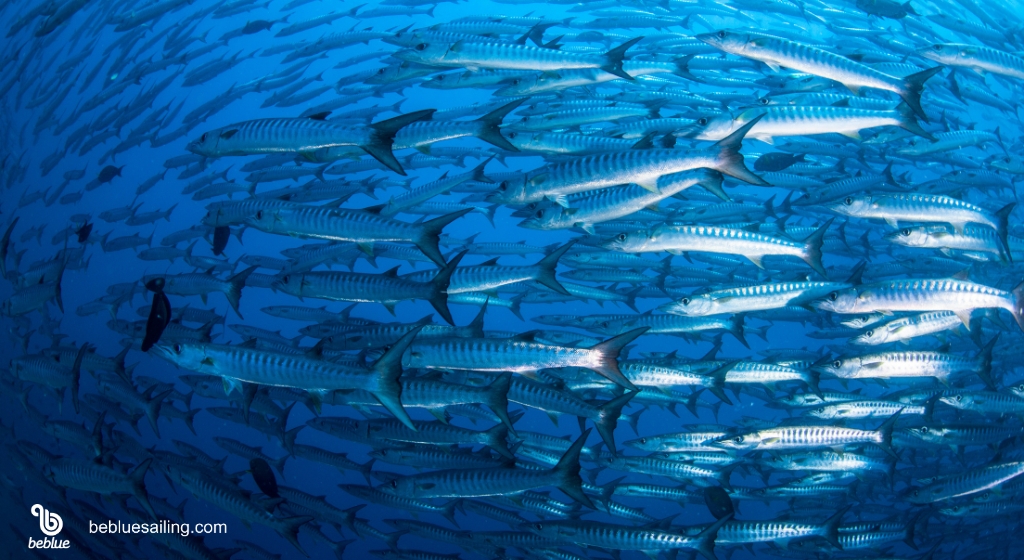Ciguatera: Symptoms, Causes, Treatment, and Prevention

Ciguatera is a form of food poisoning caused by consuming fish typically at the top of the food chain, such as groupers, barracudas, moray eels, and other tropical fish. This poisoning is common in tropical and subtropical regions but cases have also been reported in Italy.
Ciguatera is caused by a non-bacterial toxin called ciguatoxin, produced by microorganisms like dinoflagellates. Marine biotoxins, produced by algae and other microorganisms, can enter the food chain through the consumption of fish, shellfish, and crustaceans.

Where Can Ciguatera Occur?
Ciguatoxin accumulates in higher quantities in larger fish such as grouper, sea bass, Spanish mackerel, sharks, and amberjack. It is primarily found in tropical and subtropical areas, but cases have been reported on various Mediterranean islands as well.
Ciguatoxin and Maitotoxin: the Two Most Common Toxins Associated with this Phenomenon
These are some of the most deadly natural substances known, present in fish meat in varying amounts depending on the species and time of year.
Symptoms
Gastrointestinal Symptoms |
Cardiovascular Symptoms |
Neurological Symptoms |
|
|
|
Symptoms of ciguatera can vary in intensity and duration from person to person. It is crucial to recognize these signs to promptly address a potential poisoning case.
Causes and Species Causing Poisoning
Ciguatera is caused by consuming fish contaminated with ciguatoxins produced by microalgae. Several fish species can cause this poisoning, including barracuda, groupers, mackerels, and others.

Treatment
Currently, there is no specific antidote for ciguatera. Treatment is mainly symptomatic and supportive, including rehydration, antiemetic drugs, analgesics, and other symptomatic support.
Prevention
- Always check the source of fish
- Avoid consuming fish in high-risk areas
- Avoid eating parts of fish most at risk such as eggs, viscera, head, and bones
- Eat small quantities of fish
- Ask for local information on fish safety in marine areas







